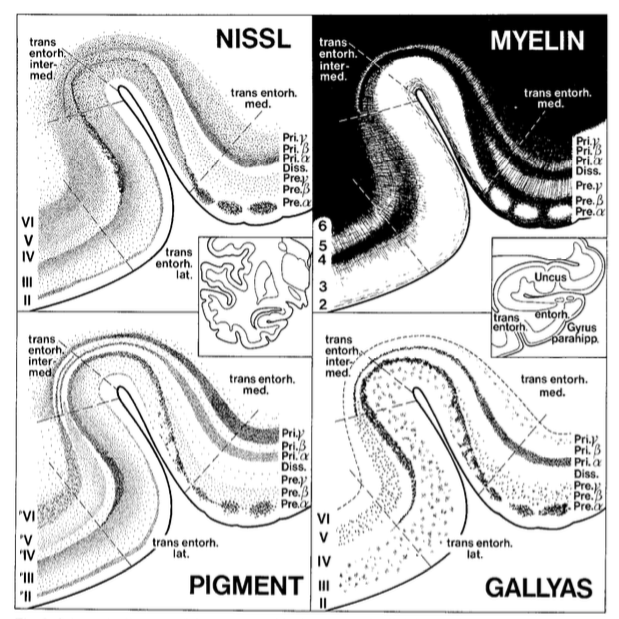
Two weeks ago we tested your ability to recognize the hippocampal subfields from histology! See the next tweet below to find out if you identified all five subfields correctly! #SubfieldWednesday
https://twitter.com/hipposubfields/status/1331603367433543683
please unroll @threadreaderapp
• • •
Missing some Tweet in this thread? You can try to
force a refresh









